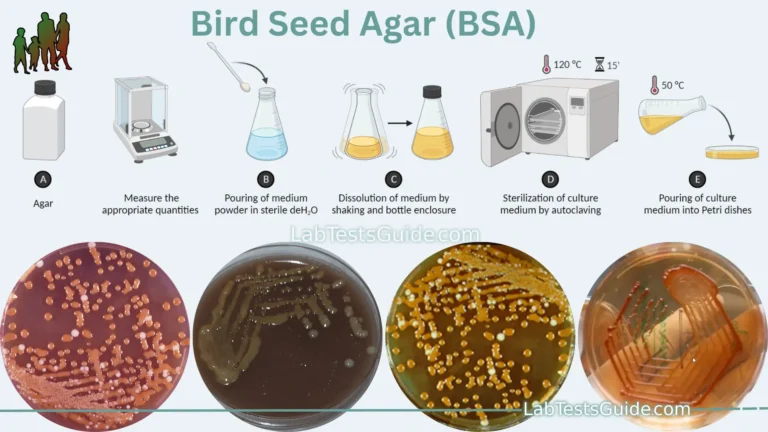Endospores are dormant forms of living bacteria and should not be confused with reproductive spores produced by fungi. These structures are produced by a few genera of Gram-positive bacteria, almost all bacilli, in response to adverse environmental conditions. Two common bacteria that produce endospores are Bacillus or Clostridum. Both live primarily in soil and as symbionts of plants and animals, and produce endospores to survive in an environment that change rapidly and often.
| Endospore stain procedural steps. | ||
| Step | Procedure | Outcome |
| Primary stain(malachite green) | Add several drops of malachite green to the smear and allow it to sit for 10 minutes. If the stain starts to dry out, add additional drops. | Vegetative cells will immediately take up the primary stain. Endospores are resistant to staining but eventually take up the dye. |
| Decolorization(water) | Rinse the slide under a gentle stream of water for 10-15 seconds. | Once the endospores are stained, they remain green. A thorough rinse with water will decolorize the vegetative cells. |
| Counterstain(safranin) | Add several drops of safranin to the smear and allow it to sit for 1 minute. Rinse the slide and blot dry. | Decolorized vegetative cells take up the counterstain and appear pink; endospores are light green. |
Possible References Used




